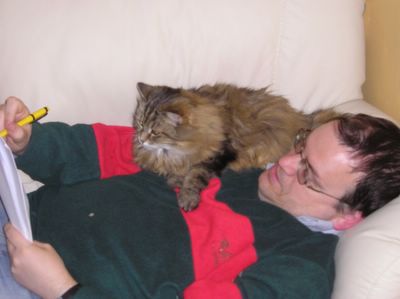The timeline
1870's Cardiganshire has contrasting lifestyles. Aberystwyth has had railways for 10 years and is developing into a place to take the sun. The Brighton of Wales, or later on, the Biarritz of Wales. Well known for its clement weather and fashionable hotels.Away from this in the Cambrian hills that form a boundary to the rest of the land, things are slower. Horse is king and lack of coal nearby, leads the industry to rely on the hills greates asset - water, for power.
In 1874, there are around 200 mines, driven by waterwheels up to 80 feet diameter for pumping, raising and milling the ore. The mines are for lead, although some also produce zinc, silver or copper as a useful sideline. It all depends on the lode.
It is not 'How green was my valley'! Communities are not packed away in rows of terraces along valleys. The lack of transport, the lack of coal leads to a more rural sprawl and the traditions of building cottages from whatever is available. Traditions abound, even though the boom of mining has seen an influx of emigrants, many from Cornwall.
The mines are also different. Coal mines are large and broad. methane and Carbon Monoxide are hazards from the rock itself. Metal ore has no such issues, although there are ventilation problems at the deeper, longer mines. You are only paid for what ore you can get out, so the mine is made of long, steep, narrow levels folloing the ore. You can't swing a cat in most (no, I haven't tried) If you ever get a chance, go check out the Llywernog museum near Aberystwyth. Stand in the clostrophobic tunnel, with the lights off, close your eyes and imagine what it was like. You holding a four foot drill in your hands and three around you each taking in turns to thump it with a sledgehammer.


0 Comments:
Post a Comment
<< Home